
- Shandong Microwave Machinery Co.,Ltd.
- To be the Leader of microwave drying and edible oil refining equipments Manufacturer
Home> Company News> Temperature dependent properties of wood during microwave drying
- AddressNo. 225, Huangqiao Village, Beiyuan, Tianqiao District, Jinan, Shandong, China
- Factory AddressNo. 225, Huangqiao Village, Beiyuan, Tianqiao District, Jinan, Shandong, China
- Phone(Working Time)+86 0531 85064681
- Phone(Nonworking Time)0086-15020017267
- Fax+ 86 0531 85064682
Temperature dependent properties of wood during microwave drying
2018-10-25 13:27:13It can be said that the microwave radiation power has a significant effect on the temperature variation characteristics of wood. The higher the power is, the faster the heating rate is, and the shorter the isothermal time is. The thicker the sample is, the slower the heating rate is, but the difference is not big. The temperature distribution inside the wood during the microwave drying process is abnormal. The temperature distribution inside the wood is uniform, and the temperature gradient from the center to the wood surface is not ten. The temperature of wood increased during the late stage of drying.
Distribution and variation of water content field in wood during microwave drying equipment
During microwave drying of wood, the moisture distribution in wood interior is very different from that in conventional drying. In conventional drying, the moisture movement speed of interior is usually less than that of evaporation on the surface of wood, and the surface layer reaches below the fiber saturation point rapidly, and the central part is larger. Water content gradient. In the process of microwave vacuum drying, the moisture content distribution in wood showed different laws.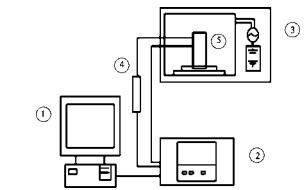
In the whole cross-section, the original moisture gradient of wood was not increased, but homogenized, and even increased the moisture content of wood surface during drying. This result fully shows that the moisture migration in wood is not driven by moisture gradient, but by moisture gradient during microwave vacuum drying. In the process of microwave vacuum drying, the microwave energy penetrates directly into the wood by radiation and produces a large amount of heat rapidly. The moisture in the wood cell cavity evaporates rapidly and the pressure rises sharply. Water evaporation rate is less than the rate of water "gushing" out of the wood, water will occur on the surface of the wood "accumulation" phenomenon, natural wood surface moisture content will exceed its initial moisture content.
Distribution and variation of fiber orientation and lateral pressure
In microwave drying, the pressure increases rapidly to the maximum pressure in the direction of fiber and thickness, and the maximum pressure keeps for a short time, then decreases slowly.
The pressure gradient in both directions is obviously higher than that in the fiber direction. The reason for this is that the pressure gradient in the thickness direction is larger than that in the fiber direction. The energy transfer and the temperature rise of wood are instantaneous processes, which lead to a large amount of water vapor in wood and a rapid rise of pressure in a very short time. On the one hand, because of the low moisture content of wood, the free water evaporates quickly under strong drying conditions; on the other hand, the pressure in the cell cavity rises rapidly, making the pore membrane rupture, greatly improving the permeability of wood, resulting in a rapid drop in pressure.
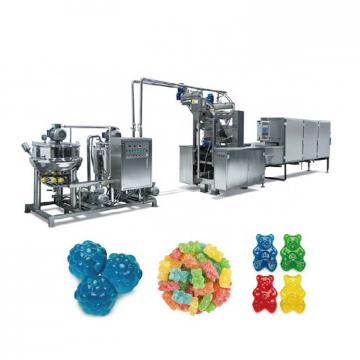 High efficiency food beverage factory stone paper production line
High efficiency food beverage factory stone paper production line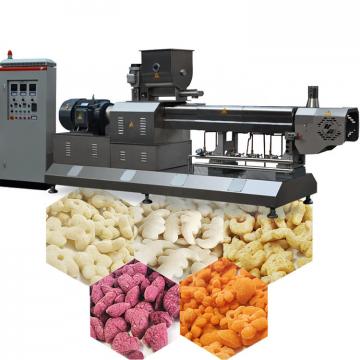 Factory price Fully automatic Machine PP/PS Plastic Sheet Production Line
Factory price Fully automatic Machine PP/PS Plastic Sheet Production Line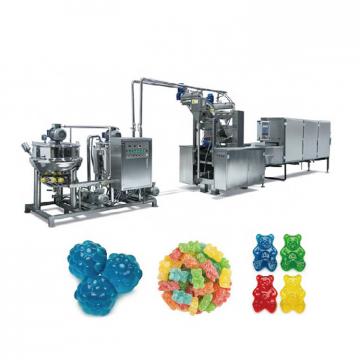 used deformered bar rolling mill production line
used deformered bar rolling mill production line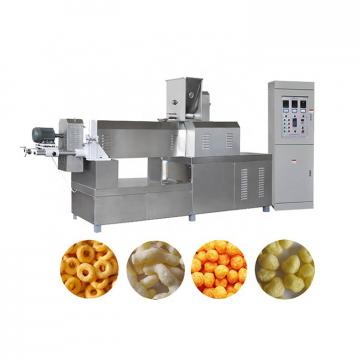 Manufacturing plant automatic factory puffed sticky rice cracker production line
Manufacturing plant automatic factory puffed sticky rice cracker production line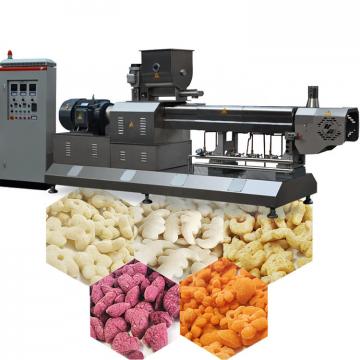 Production Line Pp Ppr Plastic Pipe Making Machine 20-63mm Multi-layer Extrusion Production Line For Water Supply
Production Line Pp Ppr Plastic Pipe Making Machine 20-63mm Multi-layer Extrusion Production Line For Water Supply